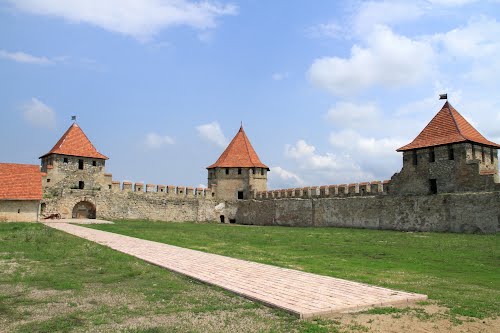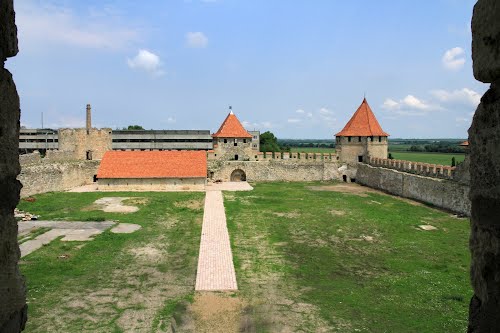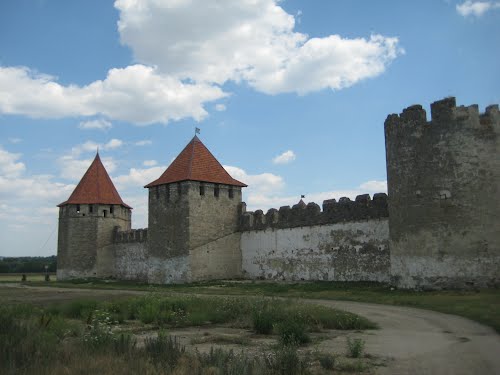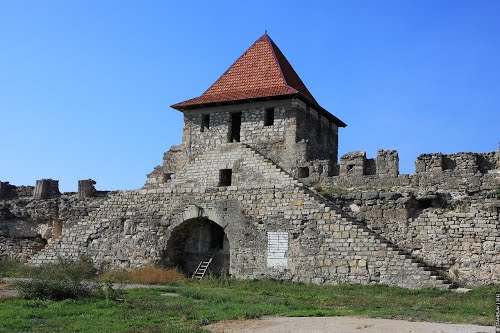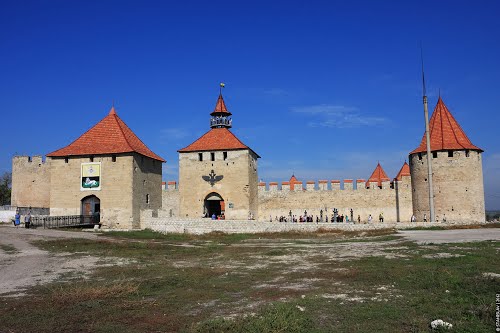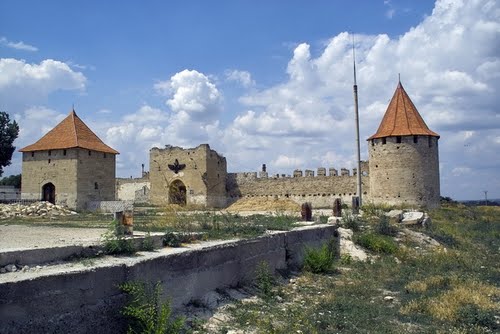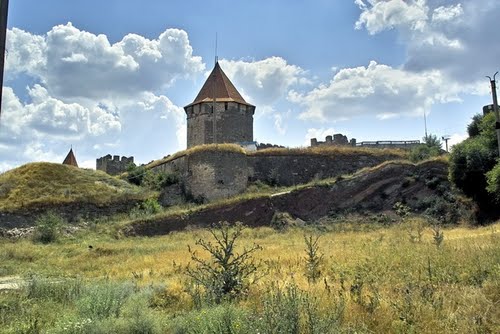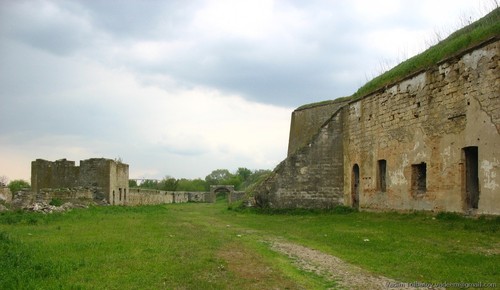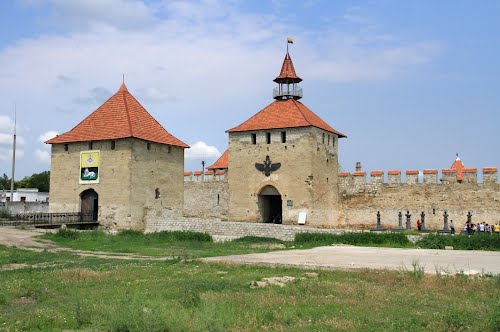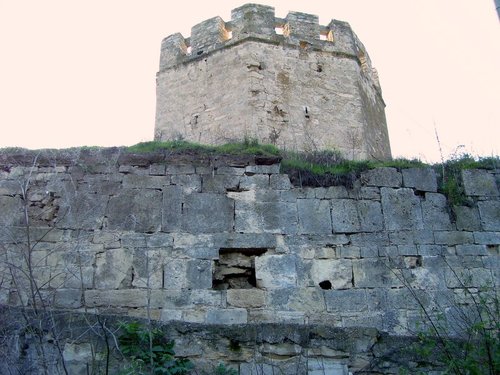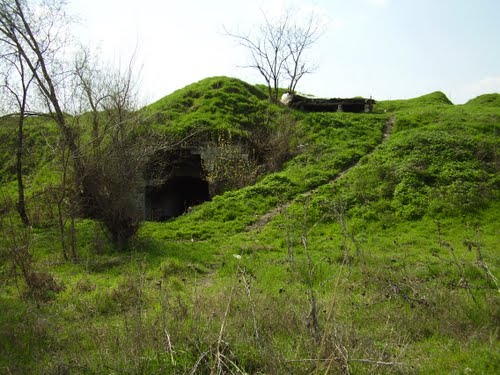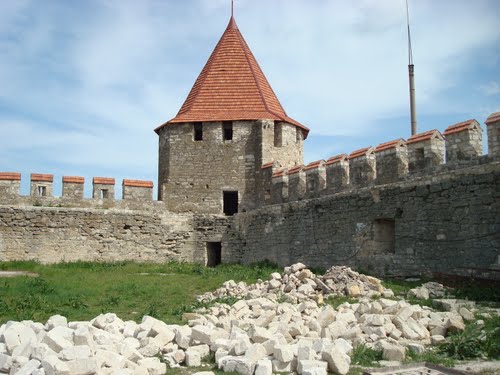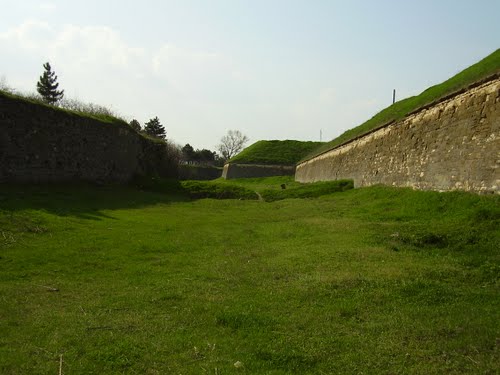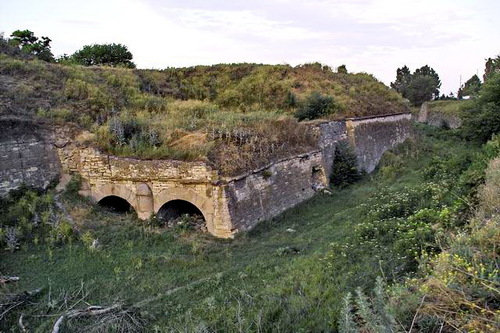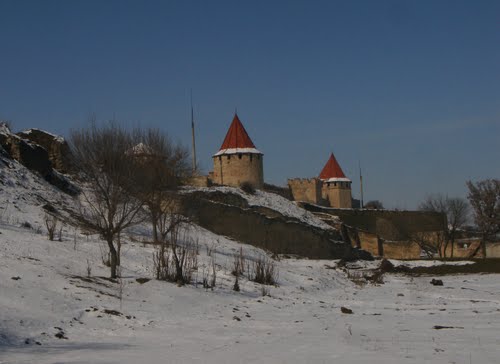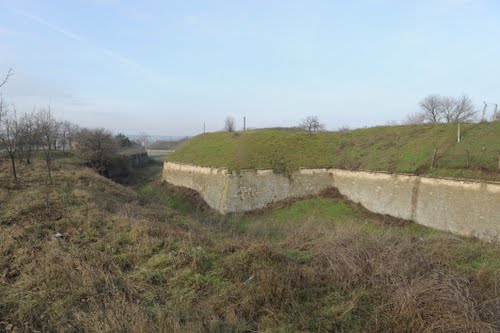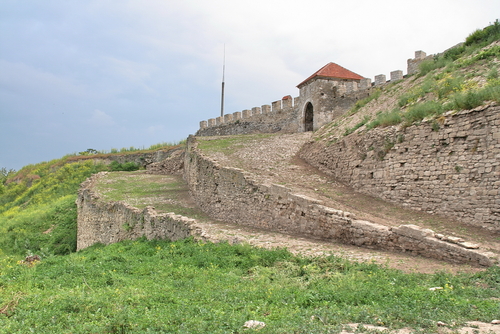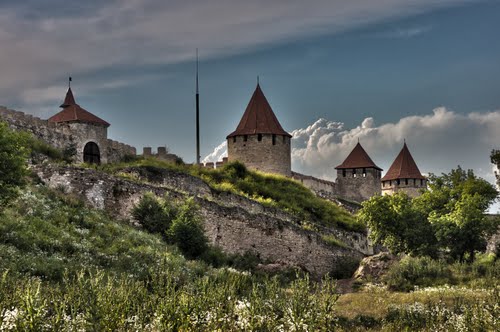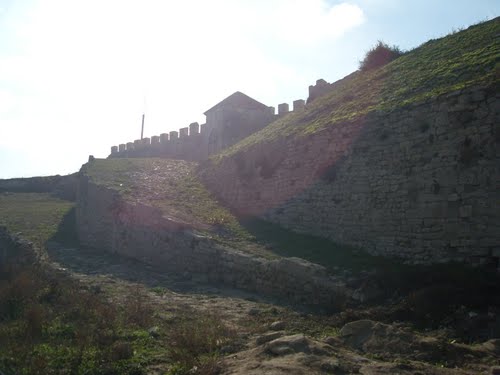Tighina Fortress was first mentioned as an important customs post in a commerce grant issued by Moldavian hospodar Alexandru cel Bun to merchants from Lvov on October 8 1408. The document is written in Old East Slavic and the place is named - Tyagyanakacha. The name Tighina is seen in documents since the second half of the 15th century.
In 1538, the Ottoman sultan Suleiman the Magnificent conquered the fortress and renamed it Bender. In the 18th century, the fort's area was expanded and modernized by the prince of Moldavia Antioh Cantemir, who carried out these works under the Ottoman supervision. In 1713, the fortress was the site of a skirmish (kalabalik) between Charles XII of Sweden, who had taken refuge there with Cossack leader Ivan Stepanovich Mazepa after their failed attack on Russia, and Turks who wished to take him hostage and exploit the political difficulties of central Europe. Tighina fell three times to the Russians during the Russo-Turkish Wars, was annexed alongside with Bessarabia to Russia in 1812 and remained in Russian hands until 1918. As a part of Bessarabia, Tighina belonged to Romania between 1918 and 1940, temporary also between 1941 and 1944. During the War of Transnistria most of the fighting was concentrated in the city for its key strategic location defending Tiraspol from the right bank of Dniester river. Tighina is controlled by the breakaway Transnistrian government.
In the XVth century the system of fortifications situated along the Dnister banks played an important role in medieval Moldavia, because they served as defence line against the invasion on the eastern frontiers (Hotin, Soroca, Tighina, Cetatea Alba).
The fortress of Tighina is one of the oldest fortifications included in this system. Built on remains of an ancient settlement, Tighina Fortress is mentioned in the documents dating back to the times of Alexandru cel Bun (1408) as an important customs post. The frontier fortress was fenced with stone walls during the rule of Petru Rares in conformity with a special design which envisaged round and rectangular walls.
In 1538 the fortress was conquered by Suleiman the Magnificent, and was reconstructed to the design of architect Sinan, being turned into an Ottoman residence named Bender (turk. "port").
In 1705 - 1707 the fort's area was expanded and modernized by the prince of Moldavia Antioh Cantemir who carried out these works under the Ottoman supervision.
Consequently, the fortress of Tighina makes an architectural ensemble with a lay-out in the shape of an irregular rectangle fenced by wide (2,5-3 m) and high walls made of limestone and brick, with ten artillery bastions at the corners and eleven towers. The lower part of the citadel is reinforced by three walls and two towers of middle size. Inside the fort there are: a palace, dwelling house, shops, three mosques, artillery barracks and other structures and annexes.
During the Russian - Turkish wars the Tighina Fortress was three times conquered by the Russian armies (in 1770, 1789 and 1806). After the Bucharest Treaty was signed in 1812 Bessarabia was annexed to the Russian Empire and the fortress came in the possession of the Russian military authorities. Not far from the fortress there remained up till now the remnants of the war camp of Swedish King Charles XII who took his refuge here after the Poltava battle.
Nowadays Tighina fortress shelters Russian 14th army troops remained here with the rest of ammunition since last war between Moldova and Transdnistria in early 1990th.



